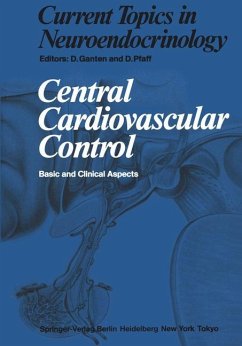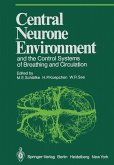The most prominent function of the central nervous system is the control of motor functions by rapidly transmitted impulses through efferent cranial and spinal peripheral nerves. Besides electrically transmitted neural impulses, humoral mechanisms with more sustained actions are exercised by the brain and spinal cord to regulate body homeostasis. Thus, the brain may be regarded as an "endocrine gland" discharging neurohormones (peptides) either into the general circulation (neurohypophyseal hormones) or into the hypothalamo-adenohypophyseal portal circulation (releasing and inhibiting hormones). The brain, therefore, which is protected by the blood-brain barrier from disturbing and potentially noxious exogenous and endogenous agents circulating in the blood, has to have certain neurohemal regions beyond this barrier, such as the neural lobe and the median eminence (infundibulum), where neurohor mones have free access to the blood stream. To regulate somatic and autonomic functions in the best possible way, the central nervous system is highly dependent on feedback signals conveyed through somatic and visceral afferent nerves as well as on peripheral humoral signals such as peripheral hormones and other circulating substances that are under homeostatic regulation, e. g. , peptides, arnines, electrolytes, and other biologically active agents. In this chapter, the role of the blood-brain barrier in the regulation of these sub stances will be discussed with special emphasis on the access through the blood-brain barrier to cardiovascular centers. 2 The Blood-Brain Barrier 2.








